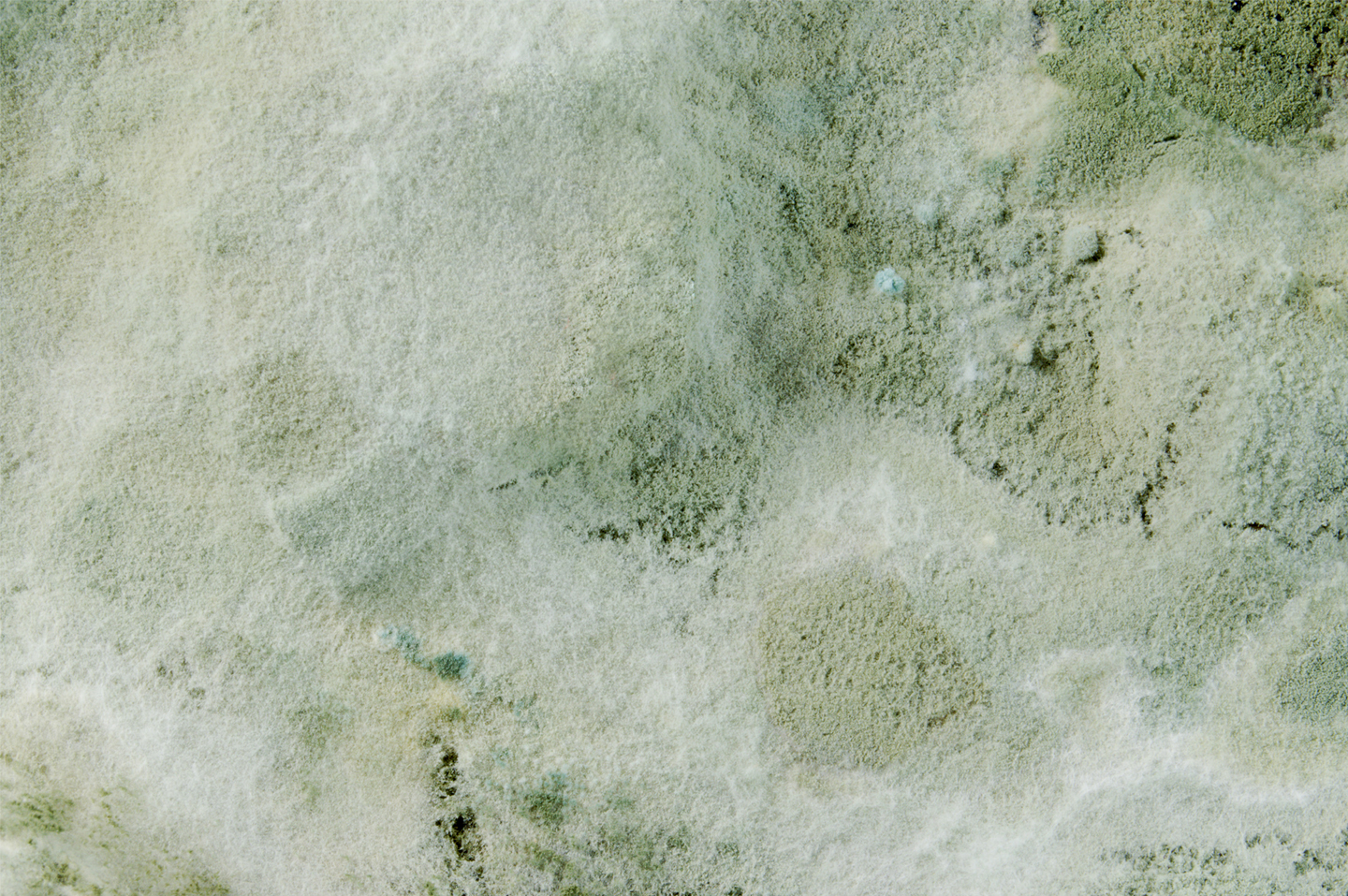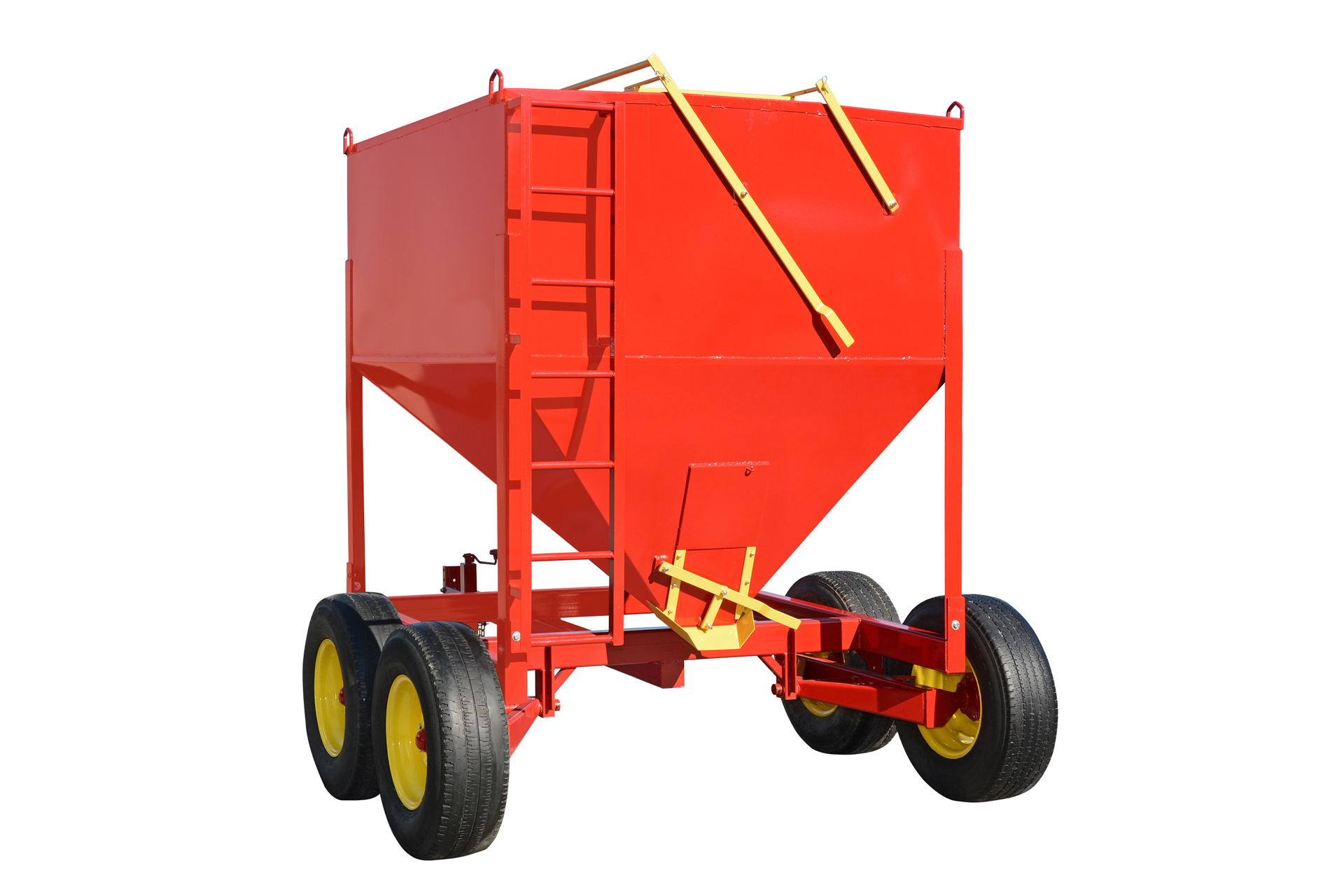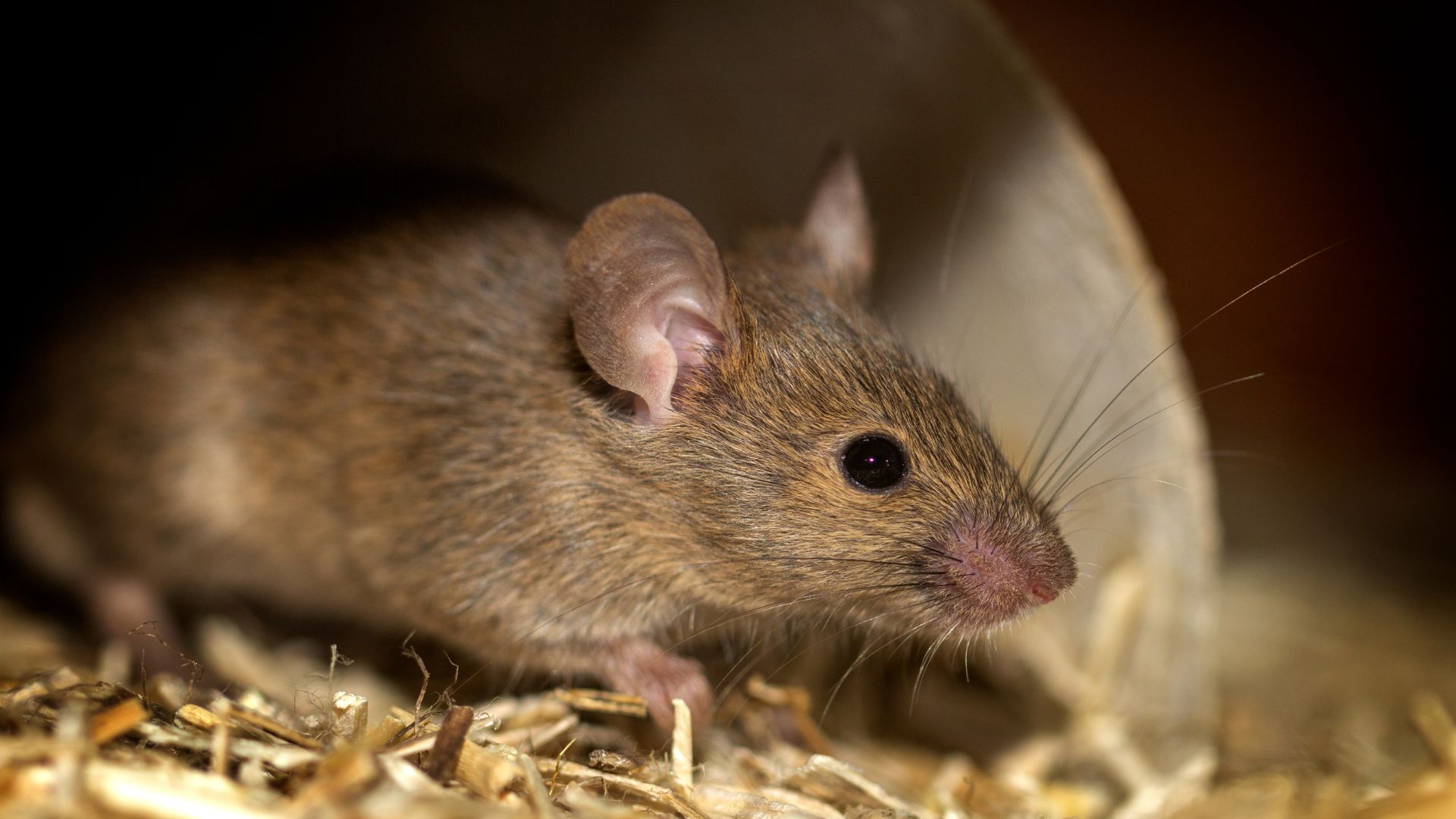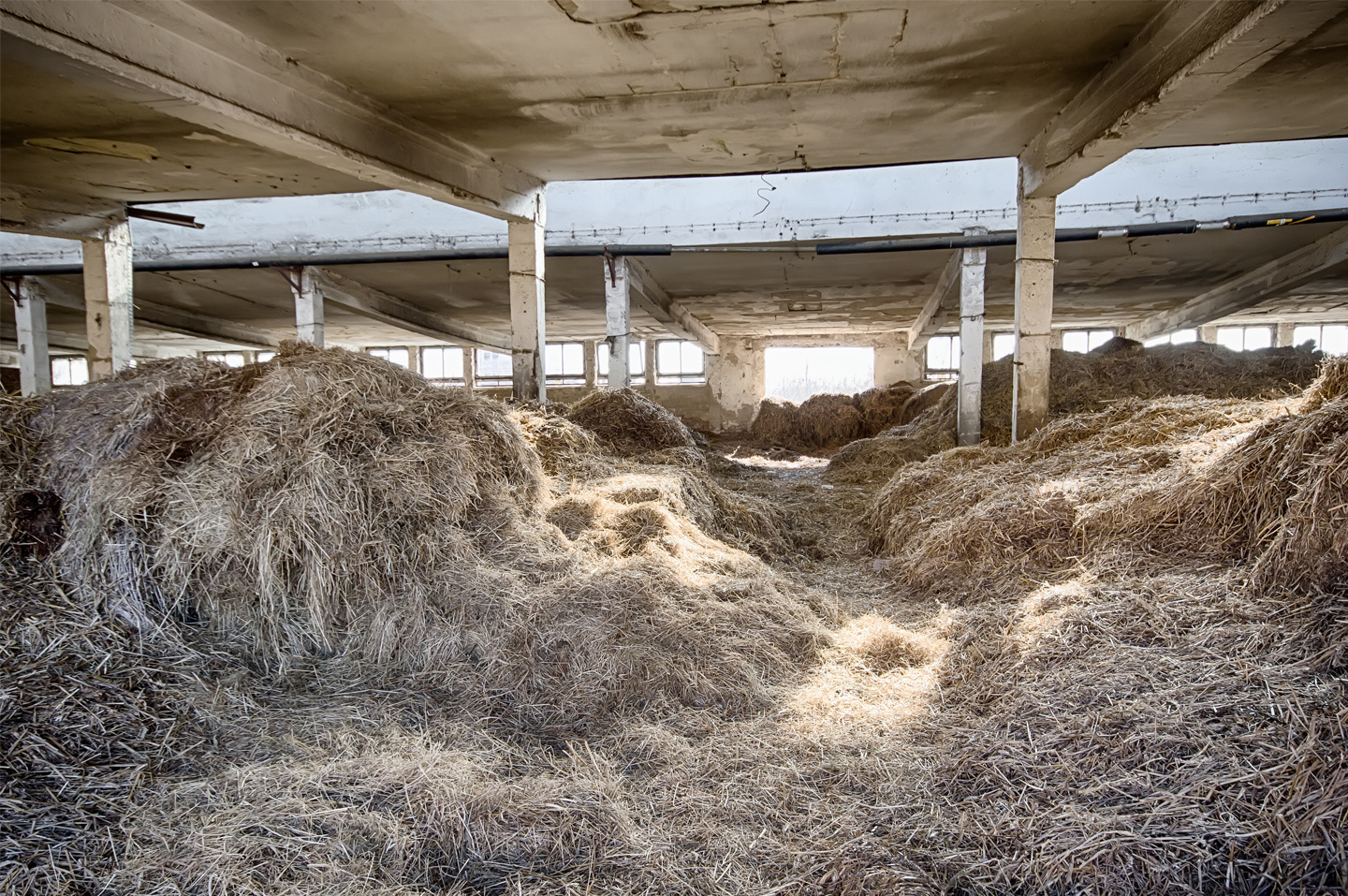During the wintertime, both mold and vermin can contaminate your cattle feed. When cattle eat infected feed, it can lead to a series of issues including feed rejection and even sudden death.
When animals are your livelihood, you need to ensure that they are healthy and productive. You also need to make sure that your feed is not being undermined by preventable sources. Unfortunately, both mold and vermin can damage your feed at various stages of use.
The right feeders and feed storage units can prevent mold contamination of cattle feed in both the storage and feeding stages. Explore how Farmco Feeders (like our 5 ton grain bin) can prevent costly and dangerous damage to your feed over the winter.
Contents
How Does Mold Form in Livestock Feed and Why is it Dangerous?
Your cattle feed is susceptible to mold until it is eaten by the cattle, including during the harvest, storage, and feeding processes. Mycotoxin-producing mold requires moisture to thrive (most potent at 7% moisture and above), so preventing moisture is the primary way to prevent mold.

The mold itself isn’t the dangerous ingredient —after all, some people love blue cheese — but the Mycotoxins created by certain mold strains can be extremely harmful.
Ingesting feed infected with Mycotoxins can cause the following consequences in your cattle:
- Reduced appetite and food intake
- Reduced weight gain
- Liver damage
- Lameness
- Milk contamination
- Tissue necrosis
- Death (occurs in calves)
How to Prevent Mold During Livestock Feed Storage
When storing feed, you need to take precautions to keep it off of the ground in a rain-proof container. Unfortunately, the bags that the feed is shipped in are not even close to water-proof. Instead, immediately transfer the feed out of the bags and keep it in a storage container.
A tough and sealed Farmco 3-ton grain bin protects your feed from ground moisture and precipitation until it is ready to be used for feeding.
Eliminating ground feeding solves this mold problem as well as reduces the risk of parasites. Instead of ground feeding, use a cattle feeder so that even if the ground is wet with snow or rain, the feed will remain dry.
Unfortunately, even if feed is administered using a cattle feeder, some feed can possibly fall to the ground, beginning the mold growth process. Farmco feeders are designed to prevent your herd wasting feed, saving you money and eliminating the risk of mold.

How to Prevent Mold During Feeding
Mold can also begin to develop as a result of ground feeding. If mold can grow in a feed bag, it can certainly grow in feed left on the ground. Here’s how it happens:
- You ground feed cattle and they eat a majority of the food
- However, some feed will be left on the damp ground, which will begin to grow potentially-toxic mold
- Your cattle re-discover the now moldy feed days later and ingest it
The best way to prevent mold during feeding is to get the feed in a cattle feeder up off the ground. Ideally, the feeder will also have a roof, which will keep the majority of moisture off the feed while it’s being eaten. Several Farmco cattle feeders are available with roofs, like the 710DRB model.
How Do Vermin Infest Livestock Feed?
During the winter, colder temperatures drive rats and mice inside. Barns and storage sheds are among the places that often harbor vermin. In addition to staying safe from dropping temperatures, rodents infiltrate your cattle’s feeding areas to help themselves to the feed you have stored for your herd. Master climbers, rats, and mice can even manage to eat the feed you have stored on shelves above ground.

How common and how destructive are vermin?
Rodents destroy approximately $52 billion of livestock feed worldwide every year, according to the U.S. Department of Agriculture.
So, how do rodents cause this much damage?
It’s true that rats and mice are small animals. The issue is not that they consume a lot of food, but that they contaminate far more than they eat. When they infiltrate your feed, rodents cause contamination with their urine, feces, and various parasites.
In fact, studies show that as a byproduct, rodents contaminate ten times the amount of food they eat. If your animals eat food that has been infected by vermin, they can contract one of the following diseases.
According to the CDC, the common diseases passed by rats in cattle feed include:
- Reduced appetite and food intake
- Reduced weight gain
- Liver damage
- Lameness
- Milk contamination
- Tissue necrosis
- Death (occurs in calves)
How to Prevent Vermin from Ruining Cattle Feed
If you store your feed inside, vermin can infect it. No matter where in your barn you store the feed, they can find it and chew through the shipping bag like it’s made of cheese.
For grain or creep feed, a Farmco grain bin is the solution. One of our grain bins allows you to keep your feed outdoors in a durable steel container until you’re ready to administer it to your cattle. Keeping your food elevated in a steel container means that vermin don’t stand a chance.

Farmco Feeders and Grain Bins
Think a Farmco feeder might be the solution for your farm? Explore our variety of cattle feeders and get in touch with us to learn more about our grain bins.
Farmco is a family-owned company from Pennsylvania, dedicated to helping farmers save money and protect their animals. We build relationships with farmers all across our country. Learn more about our values today.
